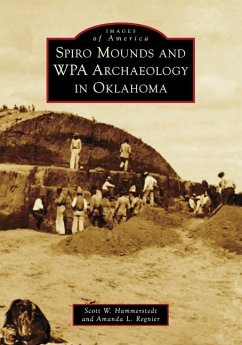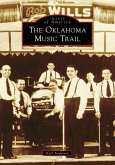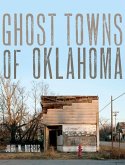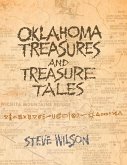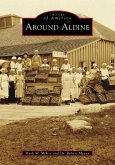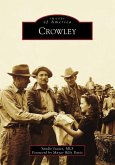The Land Run of 1889 and the oil boom in the early 20th century cemented Oklahoma's reputation as a place where fortunes could be made and lost seemingly overnight. In eastern Oklahoma, a group of men formed the Pocola Mining Company to loot the Spiro Mounds and make a fortune selling their finds. Their remarkable discovery was billed in newspapers as "King Tut's Tomb in Oklahoma." With only profit in mind, the looters gave little care to the archaeological value of their finds, allowing many valuable and perishable items to be destroyed. A handful of young archaeologists from the University of Oklahoma and crews of local men were left to salvage what they could at Spiro; their work was funded by relief money provided by the Works Progress Administration during the Great Depression. In three years, the team excavated dozens of sites in eastern Oklahoma. The photographs in this volume tell the story of the looting of Spiro and professional archaeological excavations in eastern Oklahoma.
Hinweis: Dieser Artikel kann nur an eine deutsche Lieferadresse ausgeliefert werden.
Hinweis: Dieser Artikel kann nur an eine deutsche Lieferadresse ausgeliefert werden.

